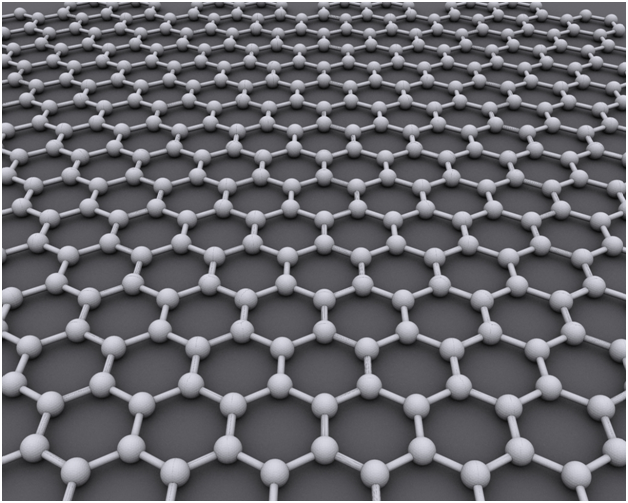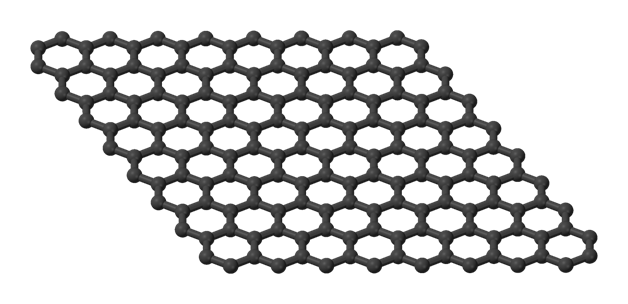An innovative graphene material has been developed by researchers working at the Massachusetts Institute of Technology (MIT), which is exceptionally lightweight and is considered to be one of the world’s strongest materials. This new material, which is even stronger than steel, could be incorporated into a range of applications in the future that will revolutionise the manufacturing and construction sectors.
Development of 3D graphene
The material has been manufactured from small graphene flakes that are compressed and then fused together to form a mesh-like structure. The flakes are compressed using a mixture of pressure and heat, which leads to an extremely strong structure, with a stable coral shape that provides a large surface area in comparison to the volume. This maintains the strength of the material and keeps it porous.
The researchers used a multi-material, high resolution 3D printer to create the innovative material and it was then put under various test conditions to check the compression and tensile properties, as well as measuring its response to loads.
Limitations of 2D graphene
2D forms of graphene have been used previously to form strong structures and it also had thermal conductivity, elasticity, transparency and electric conductivity benefits. However, because of the thinness, it wasn’t able to be used as a 3D material in the construction of buildings and other large structures, such as tensile fabric canopies.
Future applications
This new type of graphene is an answer to this issue, as it is still exceptionally strong, but has a 3D form. The development of this material could be revolutionary for a number of industries and there is the potential to use it for a variety of applications. It will be beneficial in areas that demand both a lightweight material and extreme strength, including buildings and bridges, water or chemical filtration systems and tensile fabric canopies, such as those designed by http://signaturestructures.com/.
As well as showcasing an exceptionally strong graphene material, the researchers at MIT also highlighted the innovative geometrical configurations that are possible with the new 3D structure, which can be transferred to other materials to form similar geometric designs.
The research team at MIT was supported in its work by the BASF-North American Center for Research on Advanced Materials, the Department of Defense Multidisciplinary University Research Institute and the Office of Naval Research.

